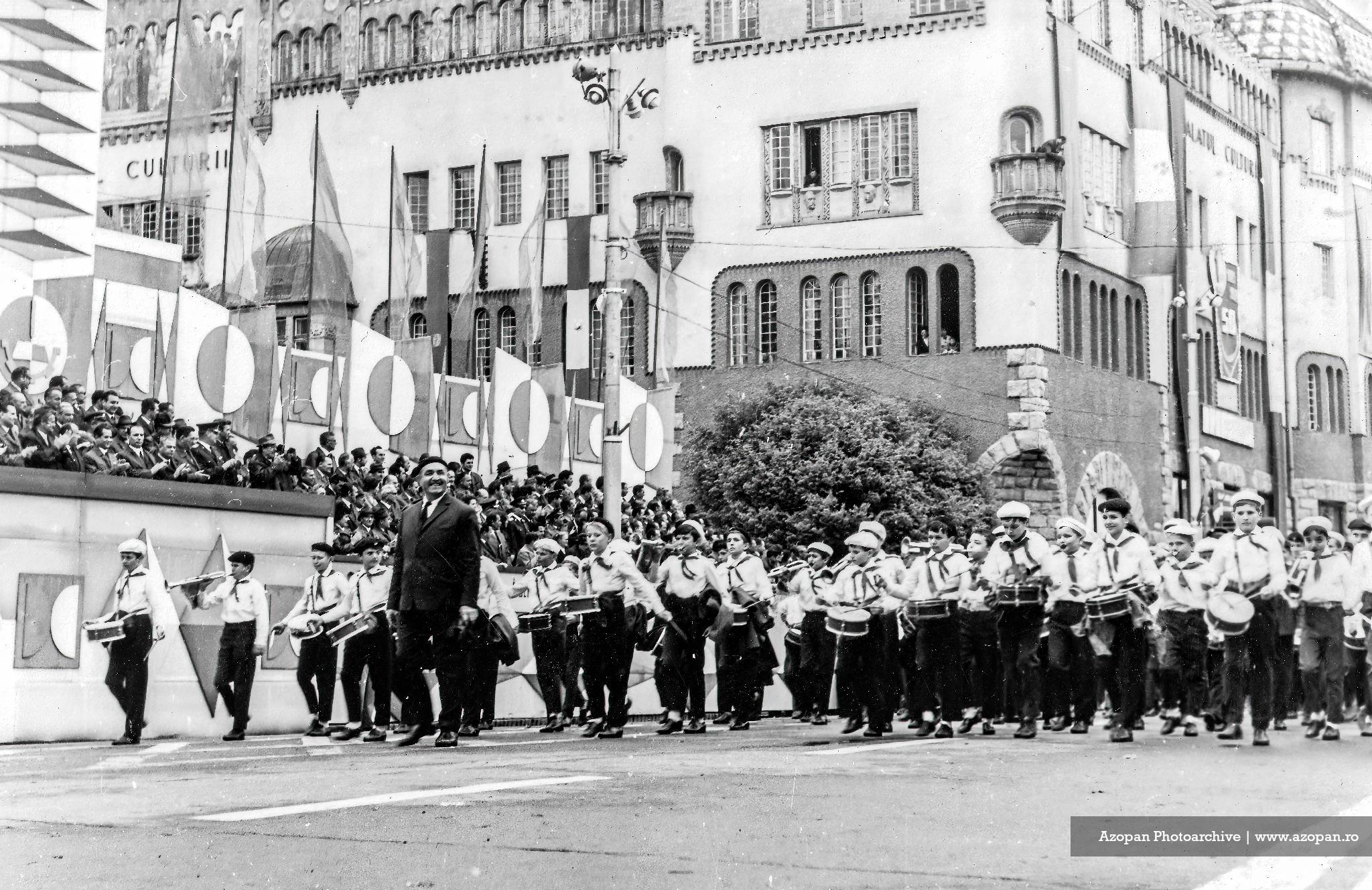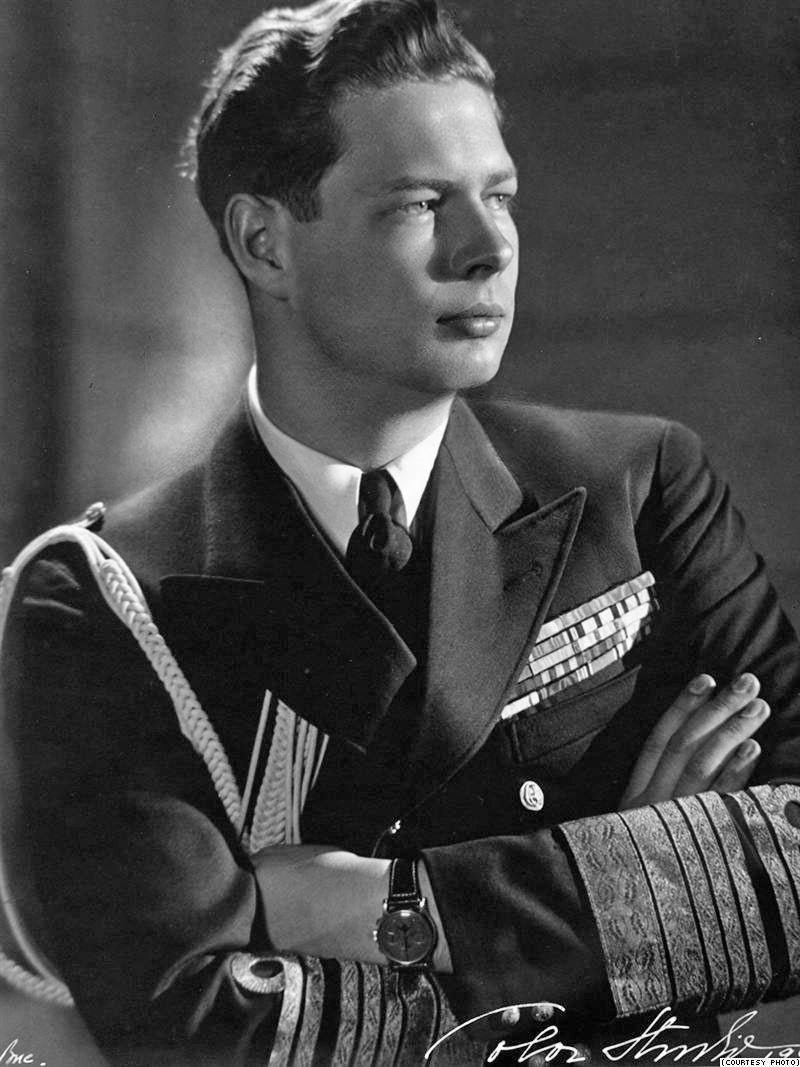Under pressure from the Soviet ultimatum, King Michael I was forced to bring to power a pro-communist government led by Petru Groza. It was the beginning of Romania’s communisation. In the context of the disinterest manifested by Anglo-Americans towards the situation in Romania, the Groza government took measures to internally consolidate the position of the Communist Party of Romania (PCR) and support the country’s sovietisation. After the beginning of the Cold War, the path towards a Stalinist regime was accelerated. The last symbol of the old regime, the monarchy, was abolished by force on 30 December 1947, when the Popular Republic was proclaimed.
Anticommunist armed resistance
Armed resistance was a form of opposition that manifested itself during the second part of the 1940s and the 1950s, when several groups of partisans were created on the territory of the entire country, which undertook armed fighting against the communist regime. Although acting under the most severe conditions, the resistance movement managed to survive for a relatively long period, indeed almost a decade and half. At its end, most of its members were killed in confrontations with security troops, arrested, convicted to hard years in prison or executed.
Nationalization of enterprises
On 11 June 1948 the law concerning nationalisation of industrial, banking, insurance, mining and transport enterprises was adopted. This law provided for the abolition of most private property in the economic field. The means of production and financial instruments were transferred into state hands or, according to communist propaganda, became the property of the whole people.
Romania and the Warsaw Treaty
The Warsaw Treaty Organisation (1955–1991) was a political and military alliance of countries from Eastern Europe led by the USSR. The Warsaw Treaty was signed on 14 May 1955, as a balance against the threat represented by NATO. During the 1960s, Romania began to challenge the principle of the unified command within the alliance and the subordination of its army to a military structure led by marshals of the Soviet Union. In addition, after 1968, Romania no longer allowed broad common military manoeuvres of armies from the Warsaw Treaty countries to take place on its territory.
Collectivization of agriculture
The beginning of the agriculture collectivisation process in Romania was decided during the Plenary of the PMR Central Committee from 3 to 5 March 1949. By abolishing peasants’ private property the communist state aimed to abolish capitalist relations in rural areas and take control of all agriculture. During the collectivisation process, declared as complete in 1962, several peasant revolts took place due to abuses committed by the authorities.
Romania’s activity within COMECON
The Council for Mutual Economic Assistance (COMECON) was created in 1949 to coordinate economic relations between countries in the socialist camp. Although it was presented as a replica of the Marshall Plan, by creating COMECON Stalin in fact wanted to tighten Moscow’s economic control over satellite countries. Starting with 1962, Romania had a critical position concerning Soviet proposals to integrate the economies of communist countries, preferring to use its raw material resources for its own development. During the 1970s and especially during the 1980s, Nicolae Ceaușescu adopted a more flexible attitude towards collaboration within COMECON.



